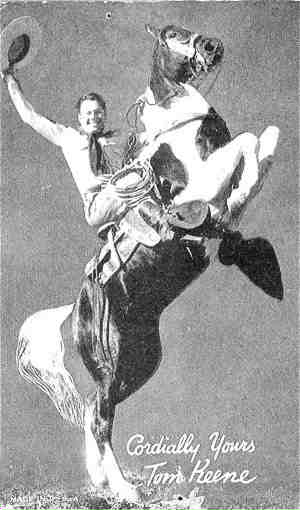|
|
Heeding uses methodically applied directional pressures to create
shapes that the horse can understand. You create those pressures
by changing the relationship between the horse's primary and
secondary lines of influence and your own. The primary line of
influence runs from front to back. Yours runs from out in front
of you through your chest and straight out behind. The horse's
runs from in front of him down along his spine and out to the
rear. The secondary line of influence runs from side to side
through the shoulders for either one of you.
In the beginning, you use arena walls or a fence lines and
corners to help you create corridors of pressures using these
lines of influence. These corridors of pressures should horse
logically allow the horse to move in the direction you want him
to move--forward or left or right or not moving at all. You can
also use those pressures to a create a shape or feeling such as
straight or curving and even a speed such as walk or trot.
For example, to teach the horse to lead, you start alongside a
wall or fence line. Stand next to the horse's shoulder facing
forward so that your primary and secondary lines of influence are
parallel to the horse's lines. Have a whip in your outside hand
that's long enough to reach back and touch the horse's
hindquarters without making a big motion. The lead rope is
hanging down from the horse's halter and coming up to your hand.
The loose end of the rope is folded in your hand and your thumb
is hooked in your jeans pocket so you're not tempted to tug on
the lead.
Your primary line of influence holds the horse on one side. The
arena wall holds him on the other. Lean forward enough to clearly
show the horse that you are moving your secondary line. At the
same time, move your primary line out away from him a little bit
to give the feel of an opening and create a pressure to to rear
by just touching him on the hindquarters with the whip. The horse
will see and feel the opening you've created and horse logically
move into it.
Don't use the whip aid too strongly to send the horse forward. A
lot of people think it's OK to do anything to get a horse started
because once he's started then he does things. Your goal always
is to create rhythm and relaxation in the horse, never to startle
him with a loud pressure.
Tom Keene

In the beginning, if he only takes one step, that's enough. The
first lesson you want the horse to learn that he can get away
from the pressure by doing in the direction the pressure points,
not that you're bigger and badder and can make him do things. You
are teaching him to follow your secondary line when you move it.
So let him start and stop if he wants to. When he stops, turn to
face his shoulder so that you put your primary line on his
secondary line. Do a little scratching and grooming in this
position to help him relax.
Use the arena corners to help you teach the horse to stop when
you want him to stop. As the two of you approach the corner, he's
going to feel like the wall at the corner is closing in front of
him. Just before he walks into that trap, you turn your primary
line onto his secondary line so you are facing his shoulder and
you start scratching and loving him. Time it so you ask for the
stop just before he reaches the corner. Then he figures out how
to keep that closing feeling from happening.
To teach the horse to turn his secondary line when you turn
yours, move your primary line out away from the horse a little to
give the feel of an opening and start turning your shoulders in
the direction you want to go just before your primary lines are
about to collide with the wall.
Be sure to work the horse both ways of the arena and from both
sides. A dominant horse may try to face you and put you on the
side he likes. Ignore his suggestion and don't argue with him.
Just start again on the side you want to work. If the horse wants
to argue or doesn't understand, go back to something he knows and
start there.
Move your left and right feet to match his strides at first so he
starts to understand that matching is the game. Later, you'll be
able to lengthen and shorten your strides and get him to do the
same with his. But in the beginning, follow the horse to show him
that's the game. As the horse begins to understand the
relationship of your secondary lines, you can accent that
relationship to tell him you want him to shorten or lengthen his
stride or to trot or to slow down.
Now you've got the beginning of an alphabet you can use to teach
the horse all kinds of games like longing or getting on a trailer
or standing for the farrier. As the horse gets better at
understanding, you'll keep accenting the relationship to teach
him more complicated games. Your goal in heeding is to teach the
horse a consistent language so whenever your lines of influence
and his are lined up a certain way, it always has the same
meaning.
© 1997-2004 Meredith Manor International Equestrian Centre.
http://www.meredithmanor.com
Plush Horses - more Fun than a trip to the Rodeo
|